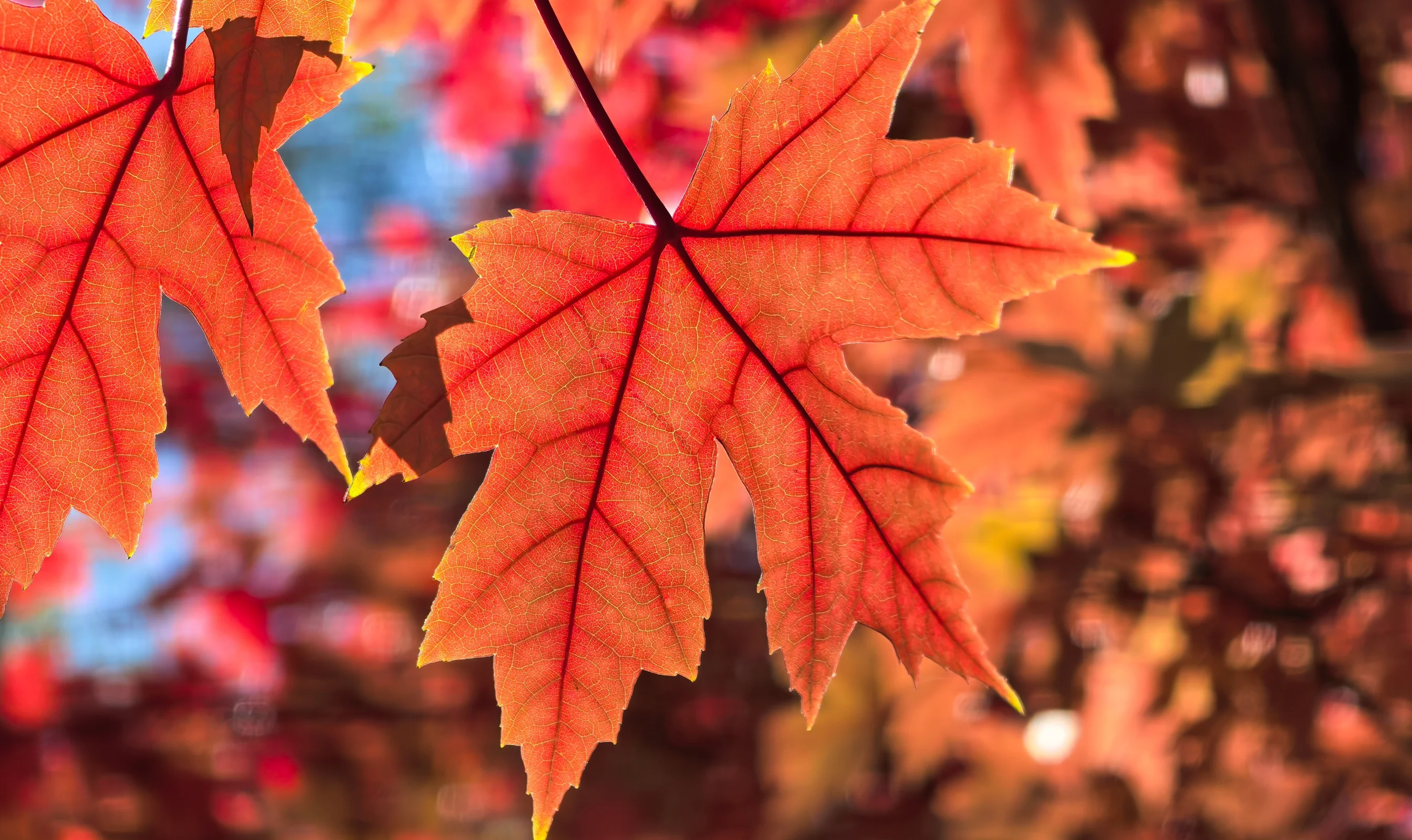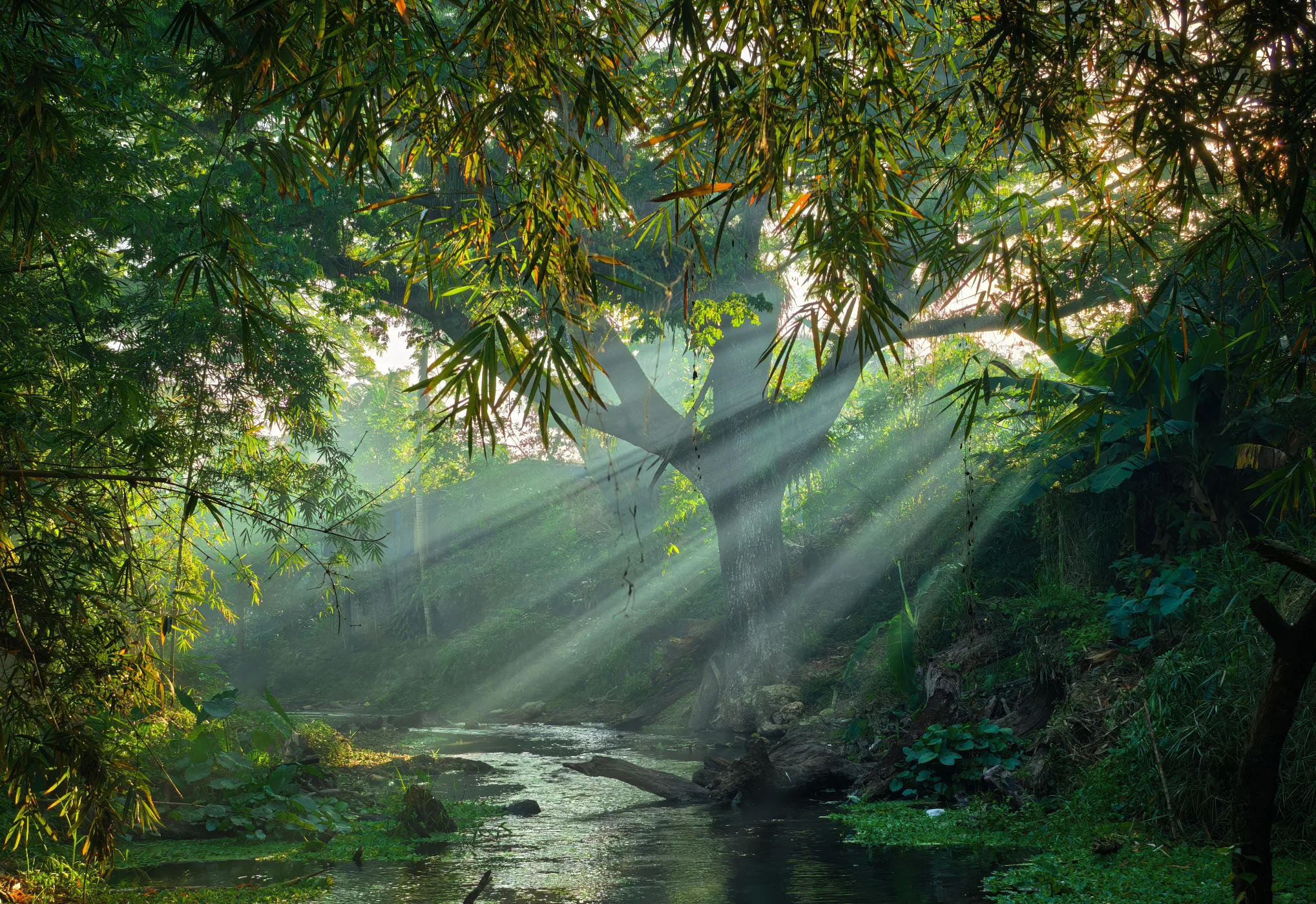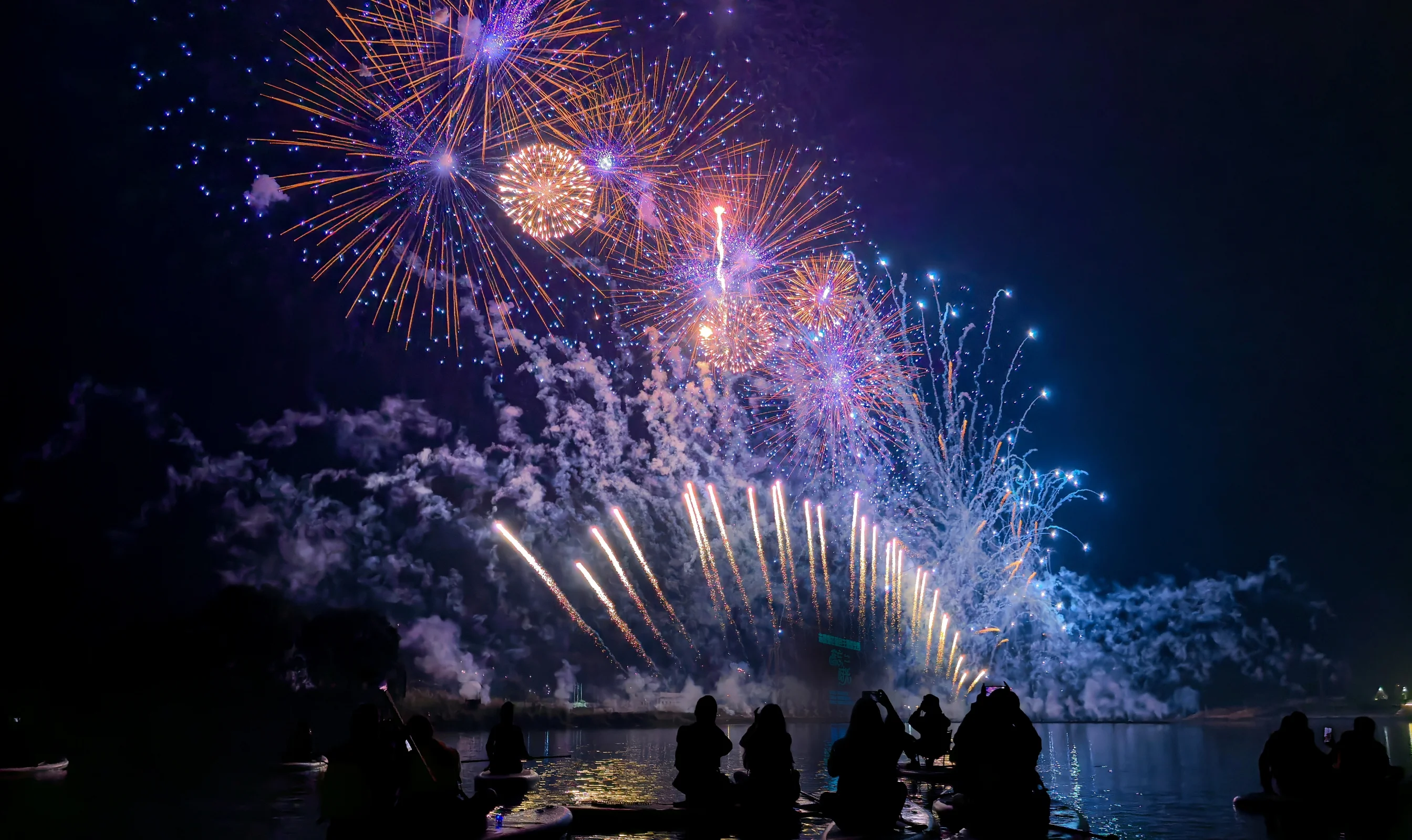Technical principle of the red maple primary color camera capturing the environmental spectrum
For cameras, red is one of the most difficult colors to balance in an image. From a spectral point of view, red belongs to the long-wave spectrum, and modern sensors are less sensitive to long-wave light. This characteristic causes the original image to be undersaturated in low-light environments, and red is prone to overflow and loss of details in strong light.
Even from the perspective of sensor technology, whether the sensor uses RGGB or RGBW arrangement, the proportion of red pixels is not the highest, which limits the phone's ability to perceive "red light" from the source and needs to be compensated by ISP post-processing. But the human eye is quite sensitive to red. Whether it is a large area of red or the red in the skin color of a portrait, as long as the ISP post-processing is not careful, the final color will be "visible to the naked eye" and weird, and it will not look right no matter how you look at it.
Just mentioned, modern sensors are less sensitive to the long-wave spectrum, and the pixel arrangement of mobile phone sensors is not conducive to capturing red light. Why not add a color-sensitive auxiliary camera in addition to the conventional camera? Yes, Huawei's red maple primary color image uses this idea to solve the problem.
In addition to the conventional combination of "ultra-wide angle, wide angle, and periscope telephoto", the Huawei Mate 70 series has an additional "Red Maple Primary Color Camera" that is specifically responsible for sensing color. Unlike the first three optical cameras, the Red Maple Primary Color Camera has a multi-spectral channel that can fully perceive the color of the outside world and is responsible for capturing the ambient spectrum. After the two cameras capture the picture and color data respectively, the ISP synthesizes and outputs the final result.



